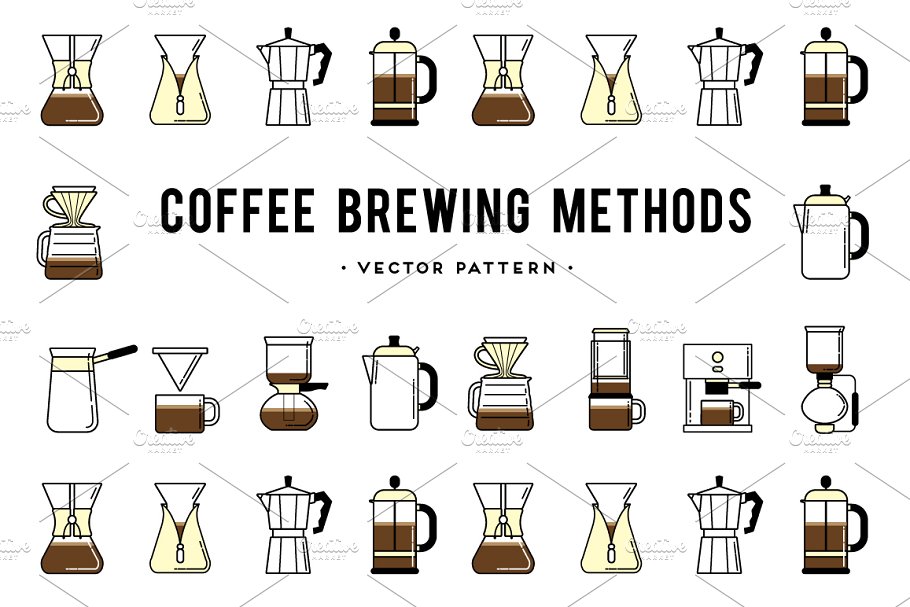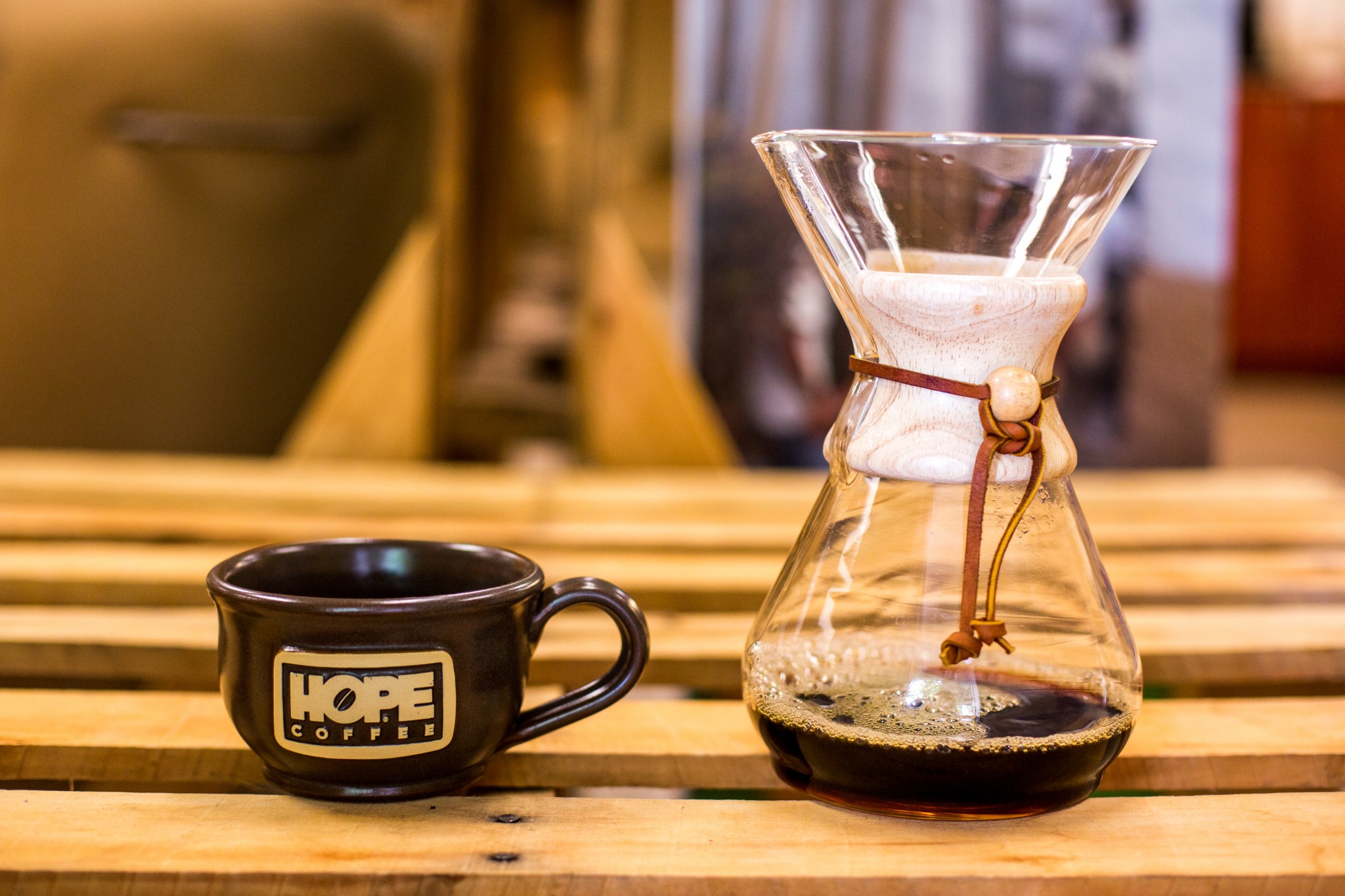Checking Out the Best Coffee Brewing Methods for Perfect Flavor Every Single Time
The Science Behind Coffee Developing: Exactly How Temperature Level and Time Affect Your Drink
Comprehending the scientific research behind coffee developing reveals that temperature and time are not plain variables yet critical aspects that dictate the drink's taste profile and total top quality. As we discover the nuances of these components, the inquiry arises: just how can one efficiently balance temperature and time to achieve that perfect brew?
The Chemistry of Coffee Removal
The chemistry of coffee extraction looks into the complex processes that transform raw coffee beans into the aromatic drink delighted in worldwide. This improvement mainly involves the solubility of numerous compounds present in the beans, which are affected by elements such as grind dimension, water quality, and the developing approach utilized.
Throughout the developing procedure, warm water functions as a solvent, extracting soluble compounds, including caffeine, lipids, acids, and sugars, from the coffee grounds. Each compound adds to the taste account, aroma, and body of the last beverage. As an example, acids are in charge of appetizing and intense notes, while oils add to an abundant mouthfeel.
The extraction procedure is not uniform; various substances liquify at various rates. The preliminary stages of developing remove acids and sugars, resulting in a positive level of acidity, while long term removal can result in bitterness because of over-extraction of undesirable substances. Understanding these chemical communications is critical for optimizing brewing methods, as the balance in between extraction time and water temperature can dramatically affect the overall high quality of the coffee. Eventually, mastering the chemistry of coffee removal is essential to attaining a well-rounded and tasty cup.
Suitable Brewing Temperatures
Discovering the best brewing temperature is necessary for unlocking the complete capacity of coffee tastes and scents - coffee brewing methods. Study shows that the optimum variety for brewing coffee lies in between 195 ° F to 205 ° F(90 ° C to 96 ° C) Within this array, the extraction process efficiently dissolves the desirable soluble substances in coffee beans, causing a well balanced and delicious cup
Developing at reduced temperatures, such as listed below 195 ° F(90 ° C ), may cause under-extraction, yielding a weak and acidic brew with low-key flavors. On the other hand, developing at temperature levels surpassing 205 ° F(96 ° C) can bring about over-extraction, producing a bitter and harsh preference because of the too much dissolution of undesirable compounds, such as tannins.
Additionally, the ideal brewing temperature level can vary depending on the coffee bean type and roast degree. Lighter roasts often profit from slightly greater temperature levels to enhance their intricate taste profiles, while darker roasts might be better fit to reduced temperature levels to alleviate anger.
Inevitably, preserving precision in brewing temperatures is vital for achieving an unified balance of flavors, making sure that every cup of coffee supplies a rewarding sensory experience.
Impact of Developing Time
Brewing time plays a critical duty in identifying the taste profile and total top quality of coffee. The extraction procedure, which affects the preference, aroma, and body of the beverage, is greatly based on for how long the coffee premises are in call with water. Much shorter developing times can lead to under-extraction, leading to a weak or sour flavor, as inadequate soluble compounds are liquified. Alternatively, long term brewing can cause over-extraction, where unwanted substances are launched, leading to an astringent or bitter taste.
Ideal brewing time differs depending upon the method made use of and the work size of the coffee. A French press generally requires regarding four minutes, while coffee removal is normally finished within 25 to 30 secs. It is necessary to calibrate developing time in combination with other variables, such as water temperature level and coffee-to-water ratio, to achieve the preferred flavor account.
Understanding the influence of brewing time makes it possible for coffee lovers to improve their brewing strategies, eventually boosting the sensory experience of their cup (coffee brewing methods). With mindful attention to this variable, one can open the full capacity of the coffee, disclosing its distinct features and nuances
Developing Methods and Their Results

For circumstances, approaches like French press and cool mixture enable a longer steeping time, leading to a fuller body and robust flavor because of boosted removal of oils and soluble solids. Alternatively, coffee developing makes use of high pressure and a shorter extraction time, producing a concentrated shot that emphasizes intense flavors and a rich crema.
Pour-over techniques, such as Chemex or V60, offer a more controlled extraction process, enabling the brewer to control flow this hyperlink price and water circulation, which can boost brightness and clearness. At the same time, percolation methods cycle water through the coffee premises numerous times, bring about a more powerful, often bitter taste.
Lastly, using paper filters versus steel filters can additionally affect the final taste; paper filters typically produce a cleaner mug by trapping oils and fine fragments, while steel filters enable more oils to travel through, adding to a fuller mouthfeel - coffee brewing methods. Comprehending these nuances can boost the coffee experience substantially
Tips for Improving Your Brew
A well-executed brew can change even the most basic coffee right into an exceptional experience. To achieve this, focus to information is vital. Start with high-grade, newly roasted beans, as their taste profile diminishes gradually. Grind the beans just prior to brewing to make the most of quality, making sure the grind dimension matches your brewing technique-- coarser for French press and finer for espresso.
Water top quality plays an important duty; use filteringed system water devoid of pollutants. The perfect developing temperature level ranges in between 195 ° F and 205 ° F(90 ° C to 96 ° C ) Also hot can swelter the coffee, while also amazing might under-extract flavors.
Timing is similarly vital. For immersion methods, steeping for 3 to 5 minutes is optimal, whereas drip methods typically take about 5 minutes. Explore mixture times to find your favored stamina.

Final Thought
In summary, the detailed relationship in between temperature and time is read this post here critical in the coffee brewing procedure. Understanding these clinical principles encourages people to improve their developing methods, inevitably leading to an extra satisfying and well balanced coffee experience.
Understanding the science behind coffee developing discloses that temperature level and time are not mere variables however essential elements that determine the beverage's flavor account and overall top quality. Comprehending these chemical interactions is important for maximizing brewing techniques, as the equilibrium in between extraction time and water temperature level can significantly influence the general quality of the coffee.Developing time plays a critical role in identifying the taste account and total top quality of coffee. By focusing on these elements-- bean quality, grind size, water temperature level, soaking time, and proportion-- you can raise your coffee brewing procedure, resulting in a continually premium mug.
In summary, the detailed connection between temperature level and time is critical in the coffee developing process.